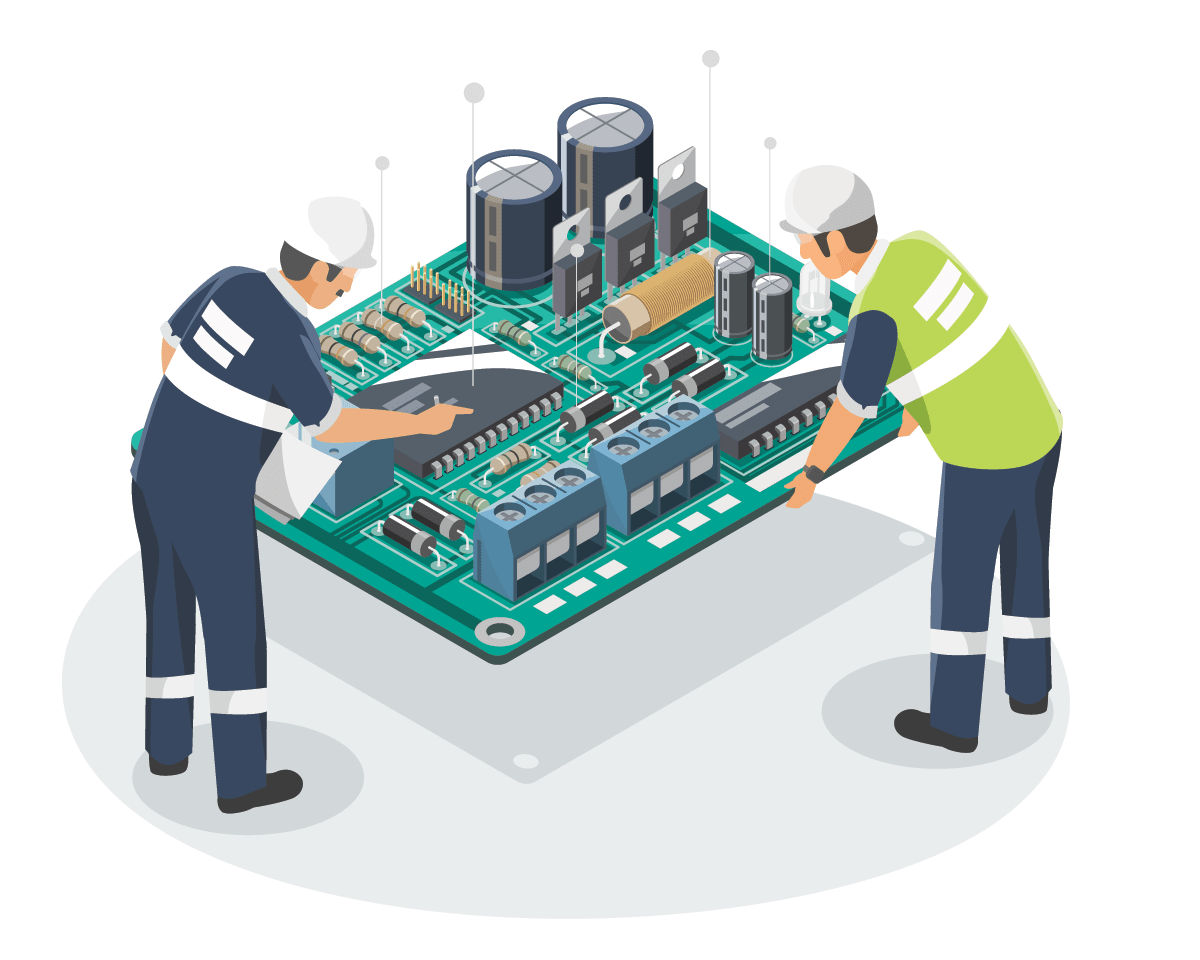All About Electronic System Design With OrCAD X
Key Takeaways
-
The success of electronic system design hinges on the selection of components, considering factors like functionality, energy efficiency, cost, and reliability
-
Efficient Power Delivery Networks (PDN), coupled with dynamic power management techniques and thermal management strategies, are crucial for minimizing power consumption.
-
OrCAD X facilitates a seamless, optimized design process, enabling the creation of high-quality, manufacturable electronic systems.

ESD requires keen detail over every aspect
Electronic System Design (ESD) is the process of conceptualizing, creating, and optimizing the hardware and software components of electronic devices and systems. ESD involves integrating electronic components, often including microprocessors, memory units, sensors, and power supplies, into a cohesive and functional system. Many factors, including performance, power consumption, size, cost, and reliability, must be considered to create systems that meet the desired specifications and constraints.
Electronic System Design Process
Engineers must consider factors such as functionality, performance, cost, and manufacturability while adhering to industry standards and regulations. This process demands a focused and innovative headspace, where each decision is critical to the success of the final product.
Major Technical Parameters for Electronic System Design
|
Category |
Details |
|
Functionality |
The function of the electrical system is primary, dictating component choice based on communication abilities, power requirements, required sensors, motors, etc. |
|
DC Electrical Characteristics |
Includes supply voltage(s), input-output voltage tolerances in systems with multiple supply voltages, and logic levels (VIH, VIL, VOH, VOL) that determine component compatibility within the overall system. |
|
AC Electrical Characteristics |
Covers operation frequency, rise time, fall time, propagation delay, setup and hold times for AC-utilizing components like oscillators and memory modules. Engineers consider both minimum and maximum values. |
|
Power Consumption |
Desirable to have lower power consumption, especially in portable, battery-operated systems. Features like sleep modes or idle modes help reduce power usage during periods of inactivity. |
When selecting components for ESD, verify that interfaces, protocols, and communication channels align. Components should be compatible with system elements, such as connectors, buses, and communication standards.
Power Delivery Network (PDN) Design
The Power Delivery Network (PDN) is the network of power supply components that ensures power stability. A well-designed PDN ensures power distribution to all components, mitigates issues like EMI, ground bounce, and power ripples, and provides clear return paths for sensitive signals. Power and ground distribution should be balanced, with controlled impedance routing. Using tools like constraint management systems can help optimize PDN design.
Efficient thermal management ensures system reliability and longevity through heat sinks and fans, thermal interface materials, thermal simulation and modeling, and dynamic thermal management.
Energy Efficiency Techniques for Electronic Systems
Optimizing energy efficiency prolongs battery life, reduces operating costs, and minimizes environmental impact. Some techniques that enhance energy efficiency are:
-
Dynamic Voltage and Frequency Scaling (DVFS):
-
Dynamic Voltage Scaling: Adjusts the supply voltage based on workload. Lower voltage during idle states reduces power consumption.
-
Dynamic Frequency Scaling: Varies the clock frequency to match computational demands. Lower frequency during light tasks conserves energy.
-
Power Gating:
-
Sleep Transistors: Isolates inactive blocks or subsystems by cutting off their power supply. This minimizes leakage current.
-
Body Biasing: Modifies transistor threshold voltages to reduce leakage when circuits are idle.
OrCAD X for Electronic System Design
OrCAD X offers a user-friendly interface for a streamlined PCB layout. Enhanced visualization and analysis capabilities include an interactive 3D canvas for real-time product visualization, aiding in issue identification and ensuring design integrity within space constraints.
Real-time part information access enhances decision-making. Live DRC provides immediate feedback on design violations. Integrated analysis tools, such as in-design analysis and OrCAD PSpice, optimize component selection and placement, and perform smoke analysis for component reliability and sensitivity analysis for cost optimization.
OrCAD X Benefits in Electronic System Design
|
Benefit |
Description |
|
Simplified Manufacturing and Documentation |
|
|
Enhanced Environment Control |
|
|
Improved Visualization and Analysis |
|
|
Integrated Analysis and Insight |
|
Elevate your electronic system designs with OrCAD X. Experience how this cutting-edge PCB design tool can streamline your workflow, enhance efficiency, and bring your innovative designs to life.
Leading electronics providers rely on Cadence products to optimize power, space, and energy needs for a wide variety of market applications. To learn more about our innovative solutions, talk to our team of experts or subscribe to our YouTube channel.